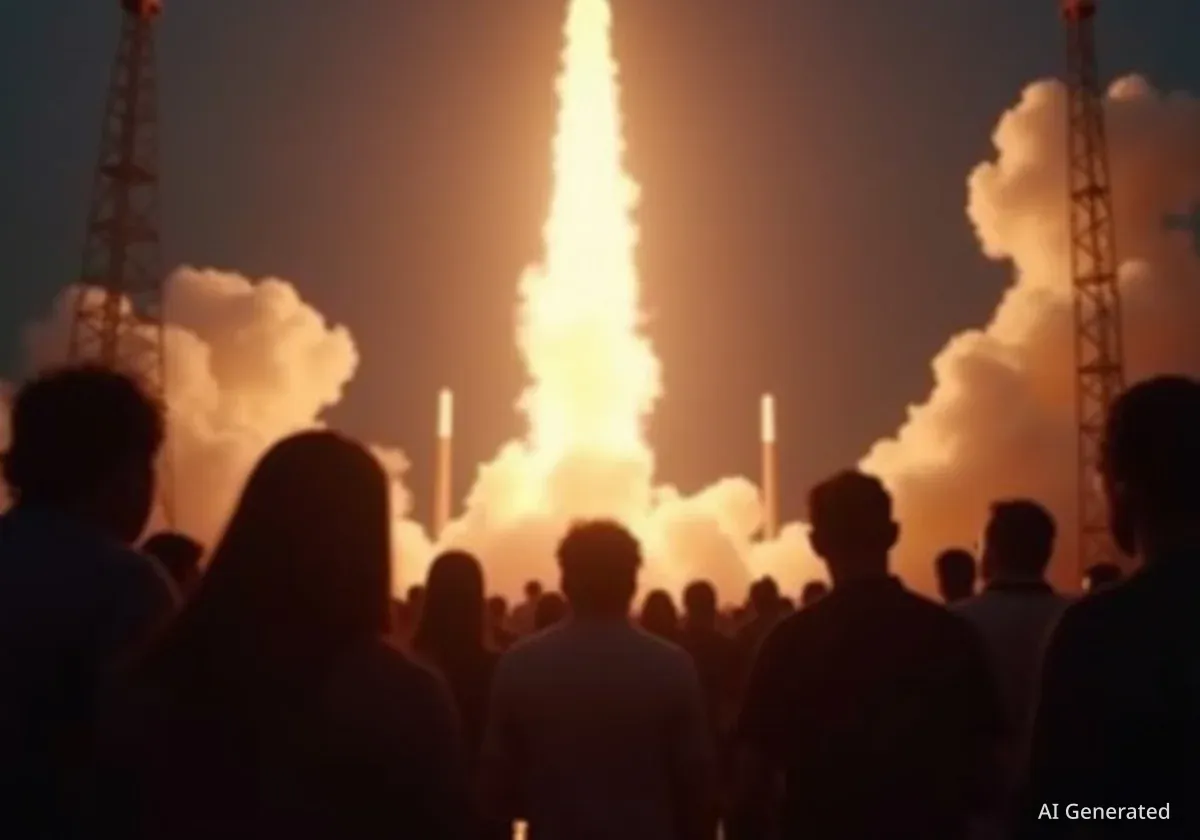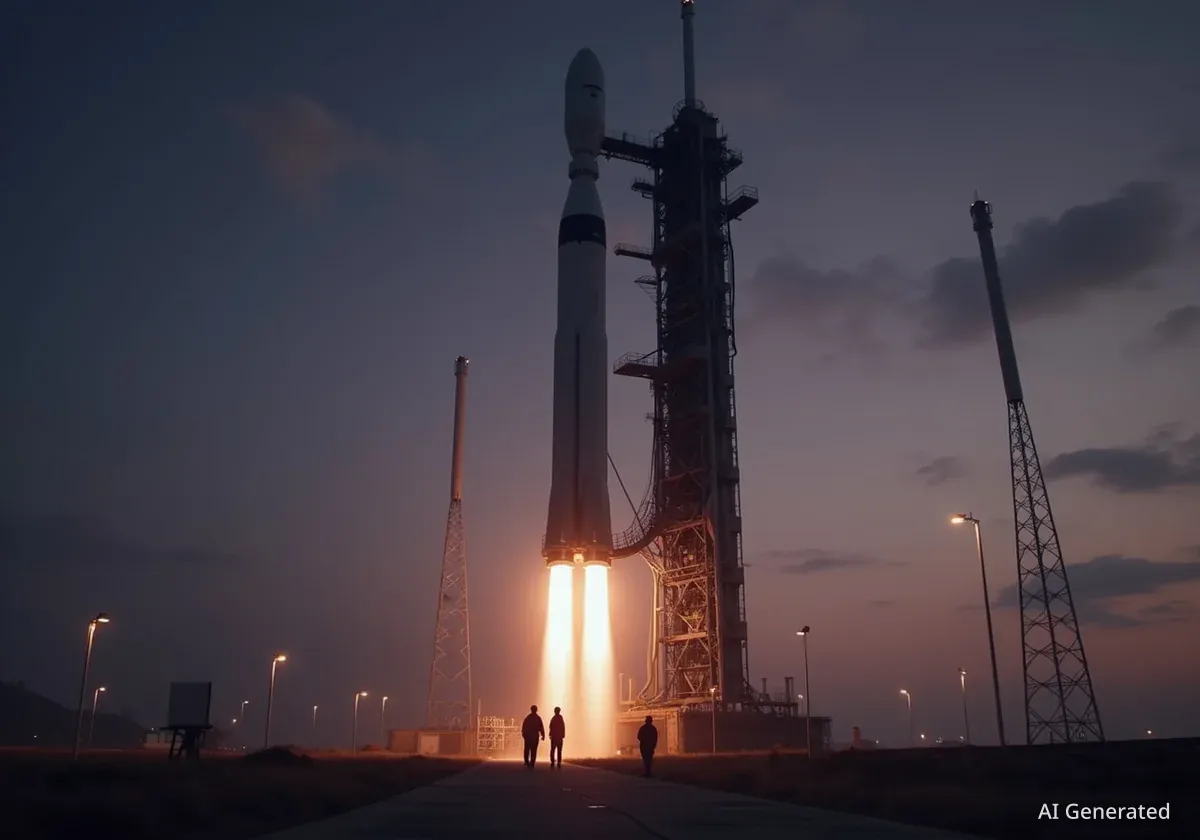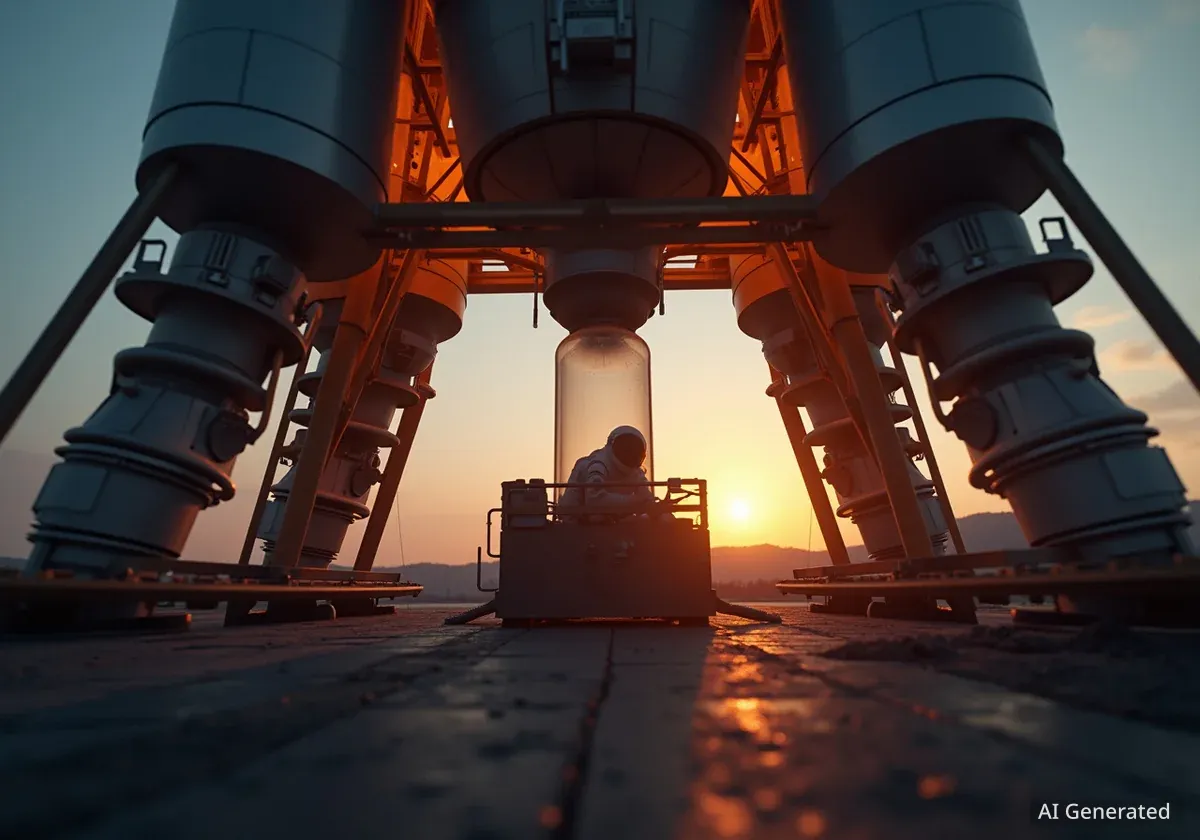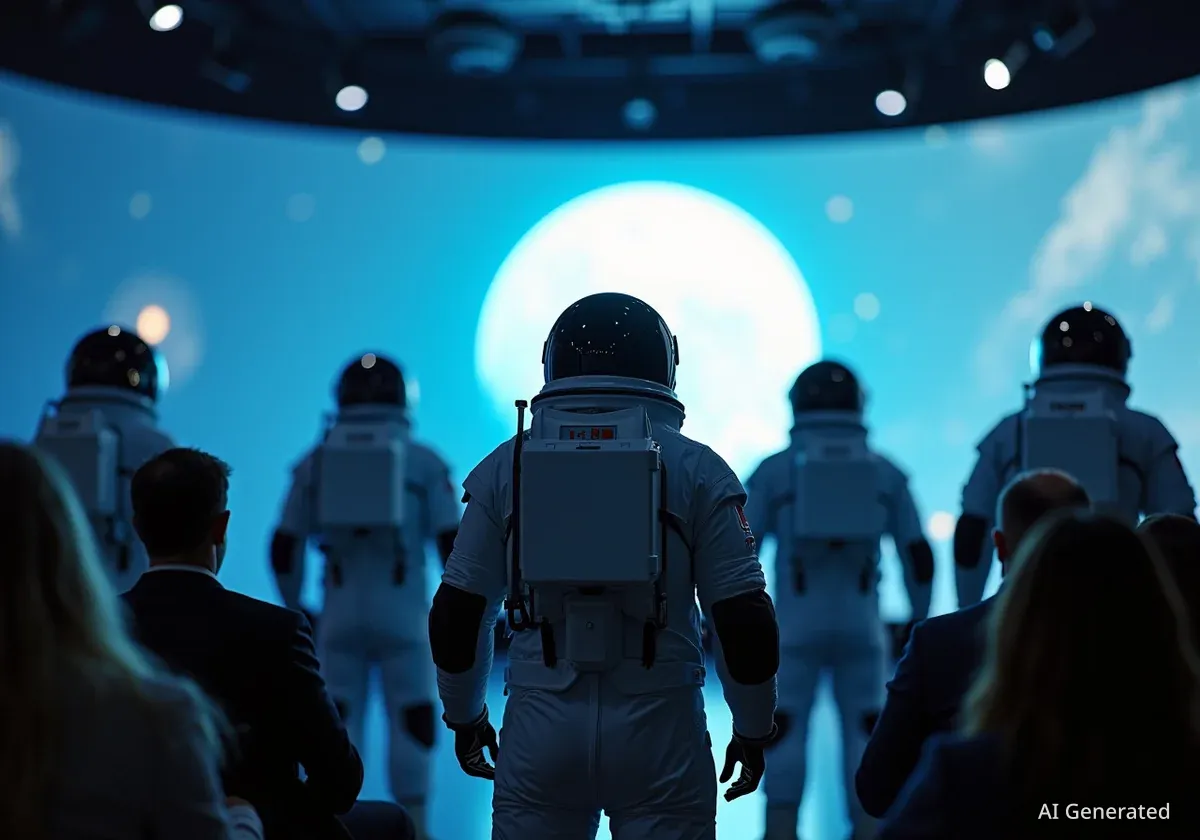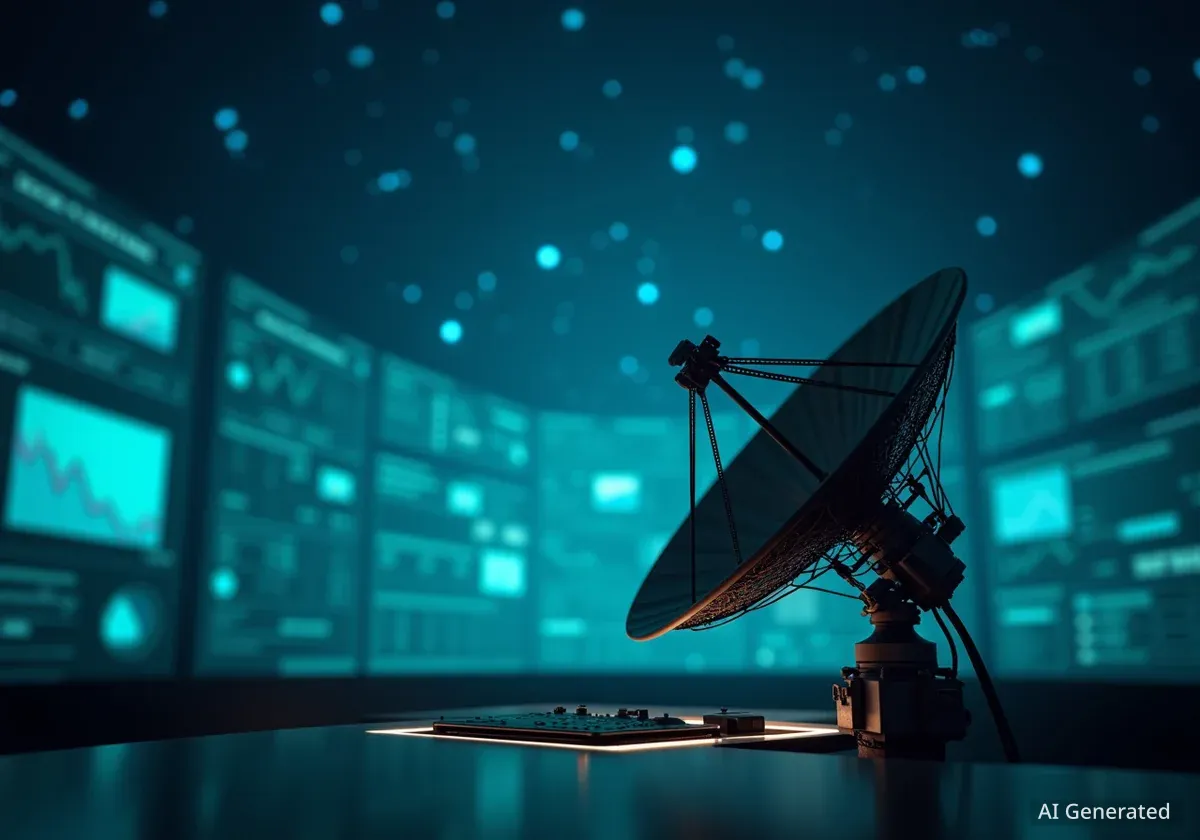The Kennedy Space Center in Florida offers visitors a unique opportunity to explore the history of space travel, guided by someone who has experienced it firsthand. NASA veteran Winston Scott, a former astronaut with two shuttle missions, now leads an exclusive tour that provides a behind-the-scenes look at the facility and shares personal stories from his time in space.
Key Takeaways
- NASA veteran Winston Scott leads the exclusive "Fly With an Astronaut" tour at Kennedy Space Center.
- The tour provides behind-the-scenes access to areas not open to the general public, including views of the crew quarters.
- A key attraction is the Shuttle Launch Experience, a simulator that realistically recreates the sensations of a space shuttle launch.
- The center also features the "Forever Remembered" exhibit, a memorial to the crews of the Challenger and Columbia missions.
An Astronaut's Perspective on Space Exploration
Winston Scott has a distinguished career that includes over 20 years as a Navy pilot, two space shuttle missions, and three spacewalks. After retiring from active duty, he took on a role at the Kennedy Space Center, where he coordinates daily astronaut visits and personally guides the "Fly With an Astronaut Experience."
This exclusive tour offers a small group of guests an intimate look into the life of an astronaut. "You see a lot of up-close-and-personal things that the public doesn’t," Scott explained. The experience is designed as a detailed discussion, allowing visitors to ask questions and hear firsthand accounts of preparing for spaceflight.
Kennedy Space Center A Historic Landmark
Founded in 1967 on Merritt Island, Florida, the Kennedy Space Center has been the primary launch center for human spaceflight in the United States. It was the site of the historic Apollo 11 mission, which sent the first humans to the moon. Today, it operates as both an active research and launch facility and a major tourist destination.
The Exclusive "Fly With an Astronaut" Tour
The tour led by Scott takes guests beyond the standard public areas, offering a unique glimpse into the preparations for a mission. One of the first stops is a drive past the crew quarantine quarters, where astronauts spend their final days before a launch.
Pre-Launch Rituals and Routines
During the tour, Scott shares detailed stories about the moments leading up to a mission. "The astronaut often talks about what he or she was doing the night before a launch, how they slept, and what they ate for breakfast," he said. These personal anecdotes provide a human element to the technical process of space travel.
Scott also describes the intricate process of getting into a spacesuit. He explains the role of the suit technician, who helps astronauts get dressed and performs critical systems checks on oxygen and communication equipment. Every component, from the helmet and visor to the gloves, must fit perfectly.
"I mention how once everybody is dressed, we play a simple card game against the commander, over and over again until we all get a hand that beats them. It’s a tradition. Once that’s done, we’re ready to leave the crew quarters."
Technology and Nature Side-by-Side
The Kennedy Space Center's location is unique. It is situated within a national wildlife refuge, creating a striking contrast between advanced technology and the natural environment. As the tour moves through the facility, Scott points out this coexistence.
"You may see alligators because the Kennedy Space Center is located on a wildlife refuge," Scott noted. "We typically point out a large eagle’s nest in the trees. So, you get to see the most advanced technology in the world coexisting with nature." Guests also learn to distinguish between the NASA-controlled areas and the adjacent Cape Canaveral Space Force Station.
Fact Sheet Kennedy Space Center
- Location: Merritt Island, Florida
- Established: 1967
- Notable Mission: Apollo 11 (first crewed moon landing)
- Unique Feature: Located within the Merritt Island National Wildlife Refuge.
Simulating a Journey into Orbit
One of the most popular attractions at the Kennedy Space Center is the Shuttle Launch Experience, which Scott identifies as one of his personal favorites. The attraction is a high-fidelity simulator designed to replicate the physical sensations of launching into space aboard the space shuttle.
The Shuttle Launch Experience
The entire simulation takes about 20 minutes. Visitors are strapped into seats that rotate upward until they are lying on their backs, the same orientation as astronauts during a real launch. A countdown clock builds anticipation before the simulation begins.
"The shuttle shakes and vibrates with simulated smoke and fire billowing up," Scott described. "You feel like you’re actually launching into orbit, but it’s not a dizzy ride." He emphasizes that the experience is a very accurate representation of an actual launch. The simulation concludes when the bay doors open to reveal a stunning view of the Earth from space.
According to Scott, the simulator provides the public with the closest possible feeling to what astronauts experienced during the shuttle era, making it a powerful and educational attraction.
Honoring Space Exploration's Heroes
A more somber and reflective part of the Kennedy Space Center is the "Forever Remembered" exhibit. This memorial is a tribute to the astronauts who were lost in the Challenger and Columbia accidents. Scott describes the exhibit as a place that evokes a "spiritual feeling."
The exhibit displays personal artifacts that belonged to the crew members, offering a glimpse into their lives beyond their roles as astronauts. These items highlight their hobbies, passions, and personal histories.
Personal Artifacts on Display
The "Forever Remembered" exhibit includes a variety of personal items to honor the fallen astronauts. Examples mentioned by Winston Scott include:
- Ron McNair's samurai sword: A reflection of his passion for martial arts.
- Mike Anderson's Cub Scout uniform: A reminder of his childhood and early interests.
These artifacts help visitors connect with the astronauts on a human level, remembering them not just for their professional achievements but for the individuals they were.
By showcasing these personal belongings, the exhibit provides a powerful and moving tribute, ensuring that the sacrifices of these crews are never forgotten and that their legacy continues to inspire future generations of explorers.

